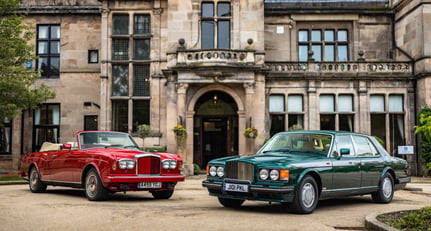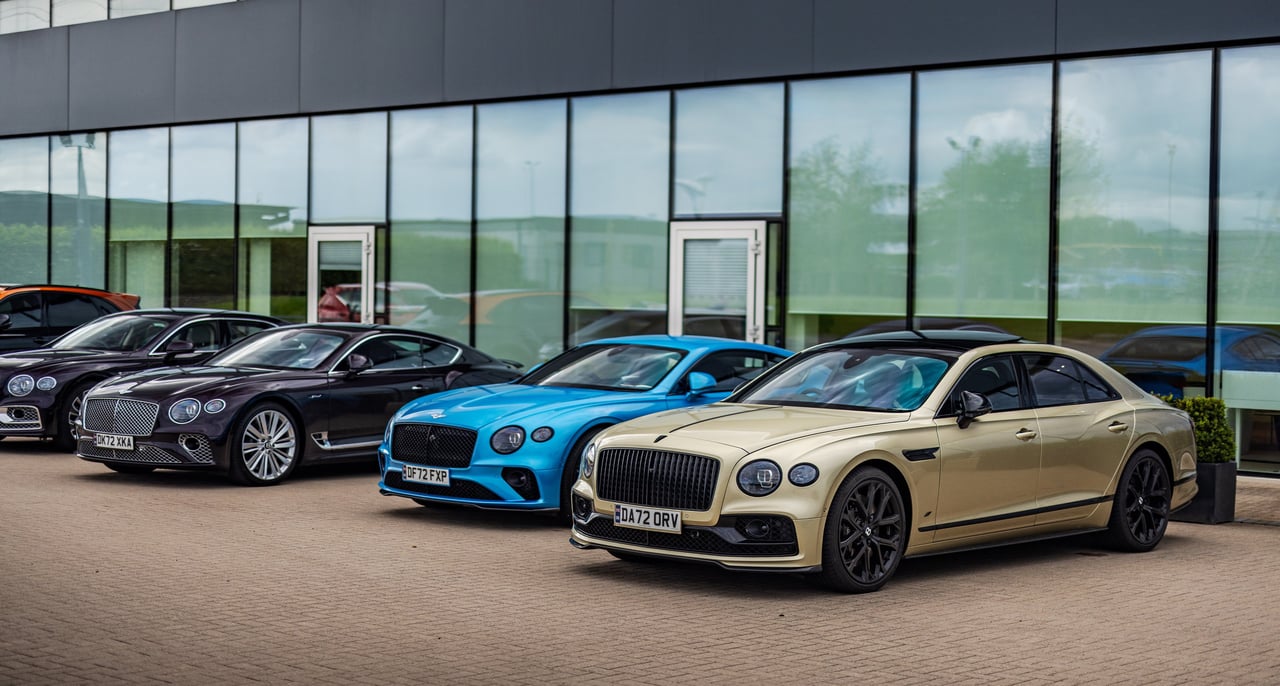
It’s a question often brought up when discussing the topic of the finer things in life: What defines luxury? The rich, warm sheen of a carefully aged red wine, the whir of a solid gold wristwatch’s internals as it keeps time; these are things one starts to notice only after experiencing them. However, when we talk luxury in cars, we often talk about the feelings they evoke as you relax into the aged leather and enjoy the subtle aromas of the walnut trim. There are many that do it, and do it well, but very few have perfected luxury to the same degree as Bentley. 104 years have passed since Walter Owen Bentley, or W.O. as he was affectionately known, laid the foundations to create “a good car, a fast car, and the best in its class”. This manifesto led this truly British brand on a momentous journey through the decades, with each new model finding ways to create admiration and desire anew.
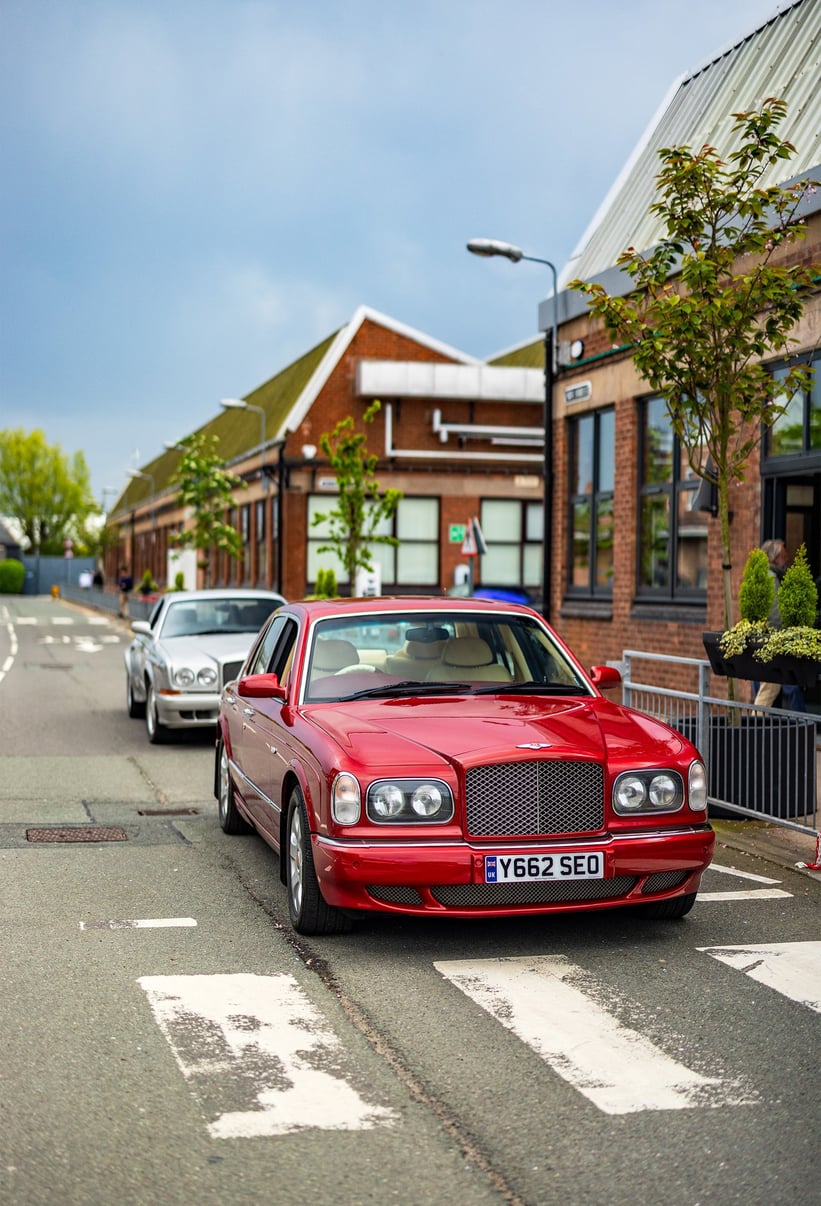

My first taste of Bentley’s luxurious appeal started almost the moment I stepped off Crewe’s train platform in Cheshire, where I was greeted by a gloriously specced Flying Spur, arguably the pinnacle of modern decadence, and the culmination of decade-long refinement in the saloon car sector. Arriving at Bentley’s postcode-sized facility, it was clear to see just how loved these cars are, both at their home in Britain, but more importantly for the marque, overseas too. 2022 would be a record breaker for the brand, delivering 15,174 cars in a year, many of which heading to the Americas and Asia Pacific, and even more being hybrid. These numbers become even more impressive if you consider that four decades ago, Bentley just sold a handful of cars every year and almost vanished from the automotive landscape. But more on that later.
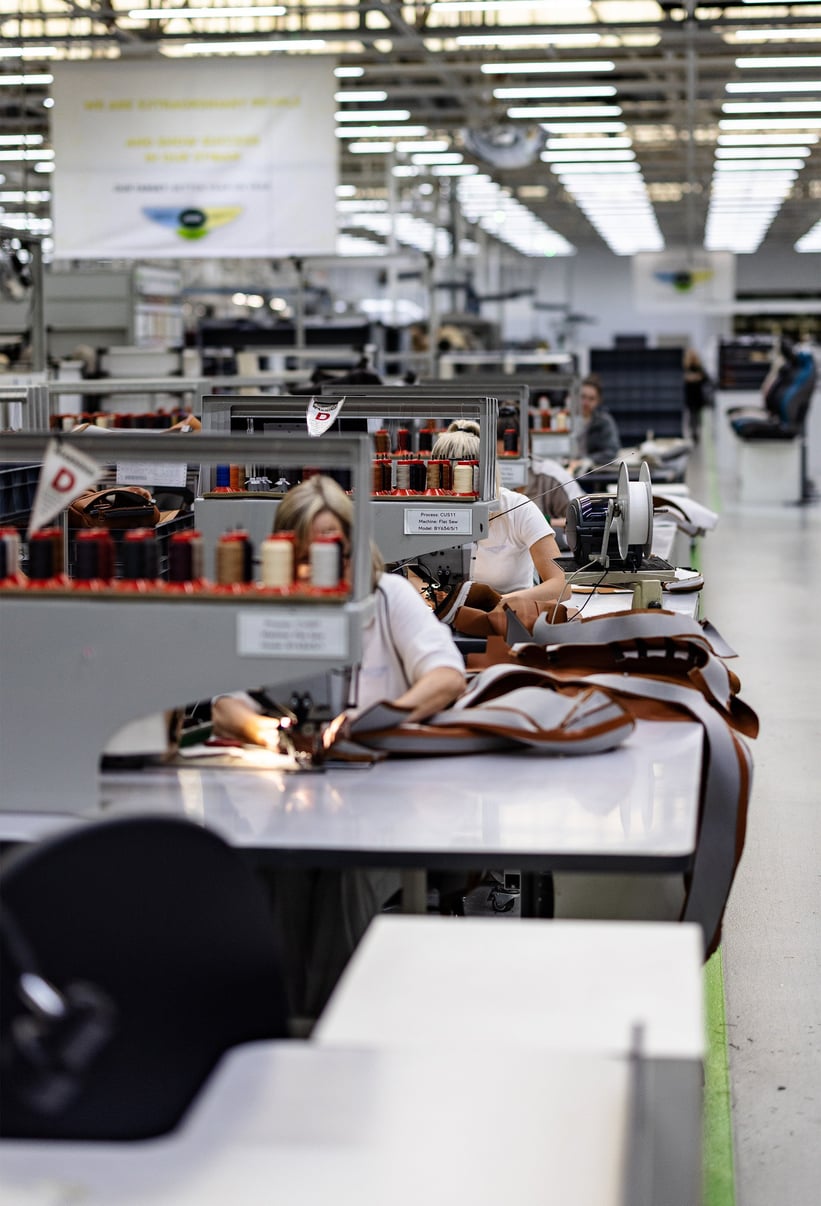
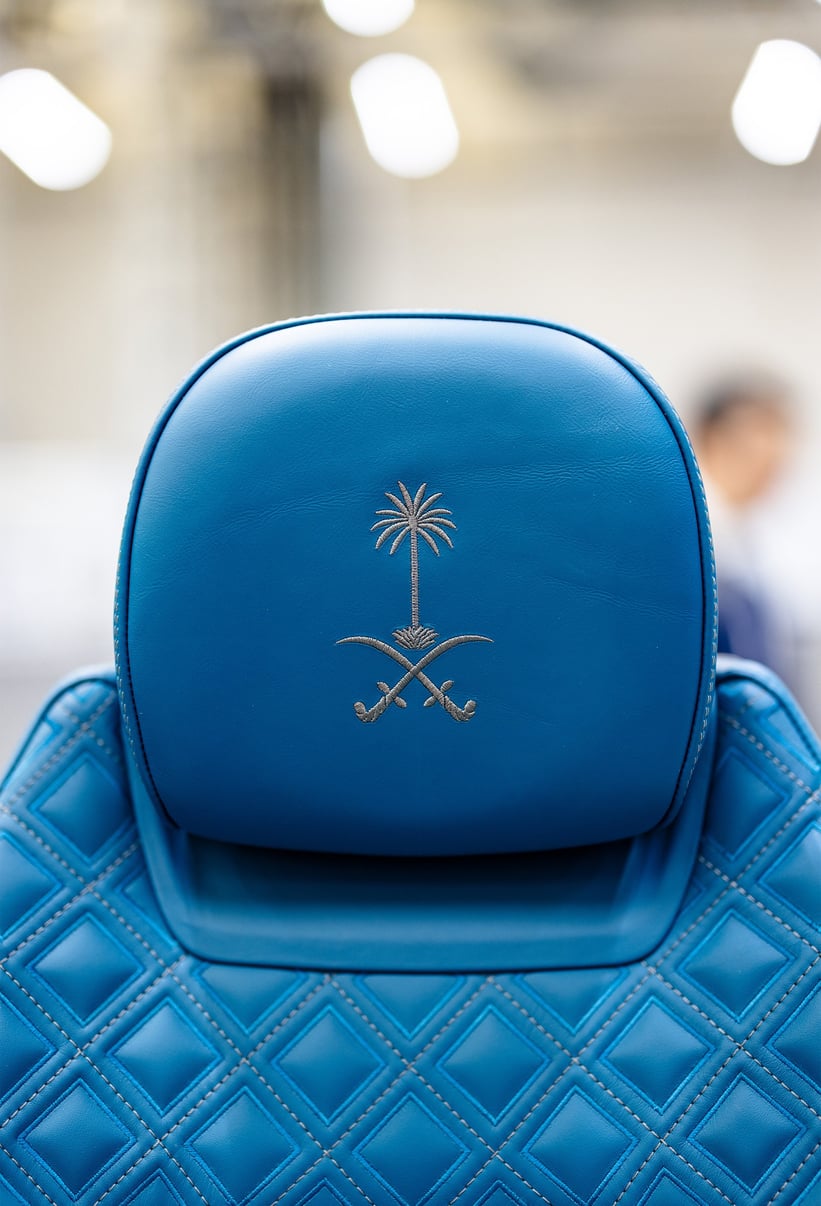
To walk the Bentley production lines is to witness a joint celebration, between luxury brand and clientele, of individuality. Bentley offers an almost endless array of colour configurations, as well as the ability to use almost any material for interior facias; one customer opted to clad their dashboard in 100-year-old stone found in their garden in the Scottish Highlands. Every worker is impeccably dressed, all surfaces are devoid of clutter, each car is given hours of care, both by humans and one of just two autonomous robots in the entire facility. This dream-like factory lets even the craziest of visions come to life, and it’s easy to see why Bentley are dominating the luxury sector at the moment.
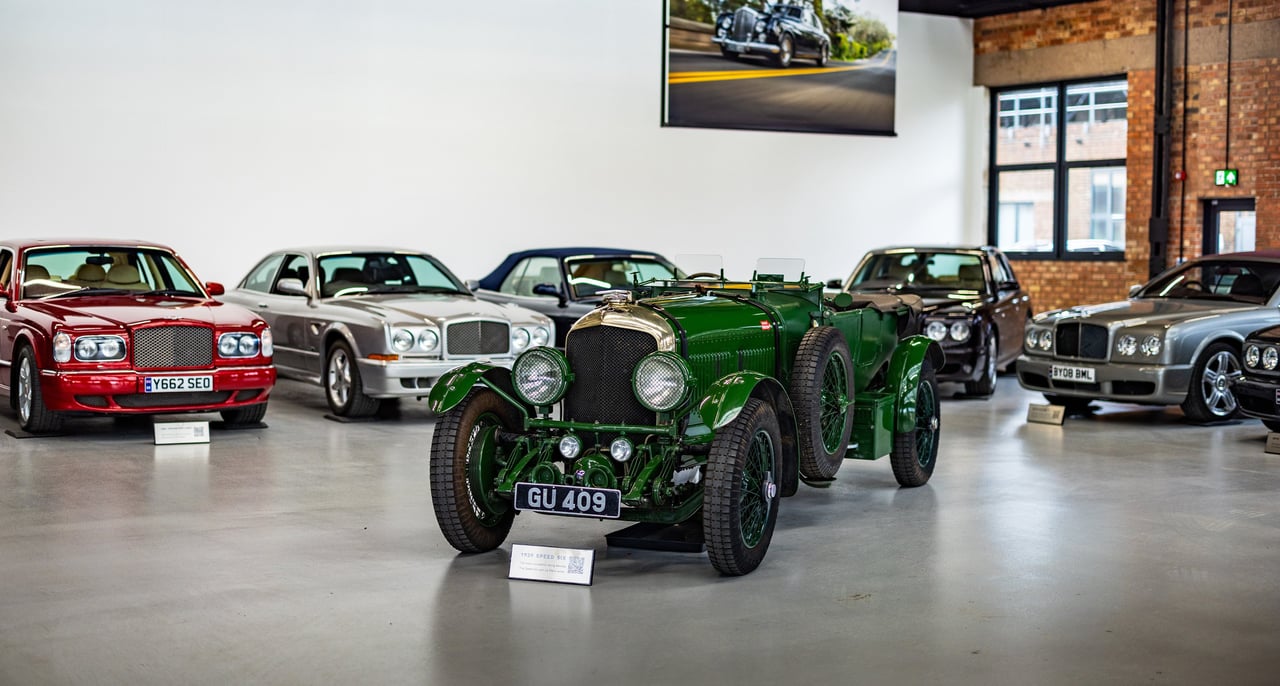
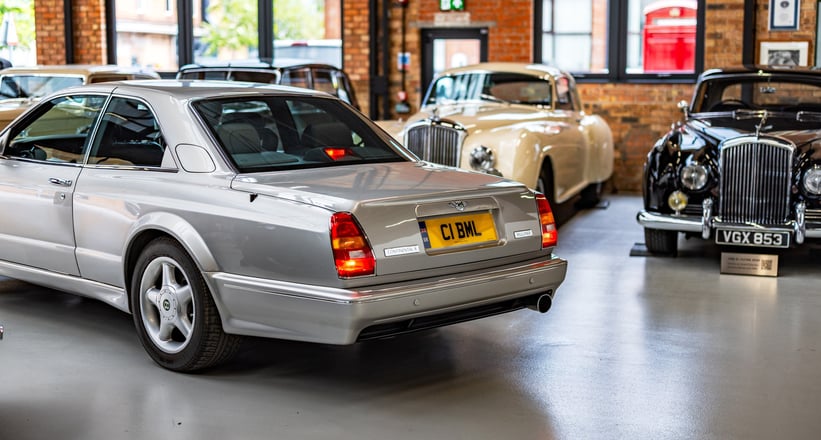
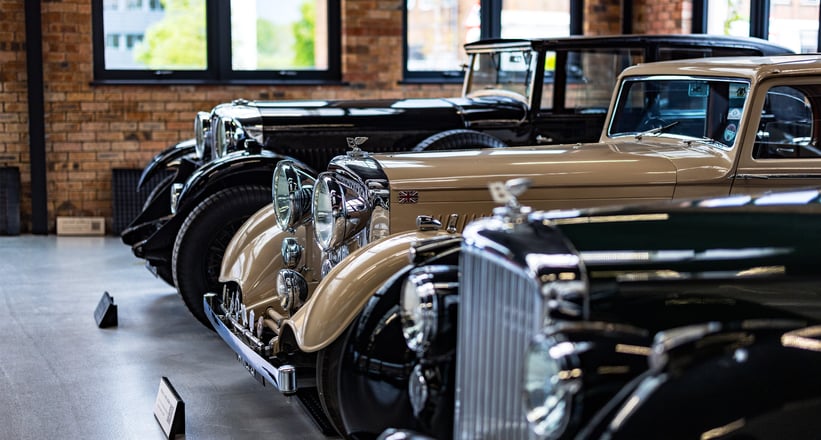
It wasn’t always like this, though, and as I made my way into Bentley’s freshly made heritage garage, it served as a stark reminder for just how many models have come and gone since Walter Owen first lifted his tools. Once a part of the original Crewe factory site, it’s now a home for some of the most historically significant Bentley models from the last 104 years, including the 3-Litre that raced at Le Mans. The emphasis here is on the cars that were built within the grounds of the Crewe factory, which opened its doors in 1946 and naturally continues to this day. As I strolled wide-eyed at the sheer amount of chrome and woodwork, intoxicated by the smell of well-aged leather, there were two cars I was keen to get to know a little more.
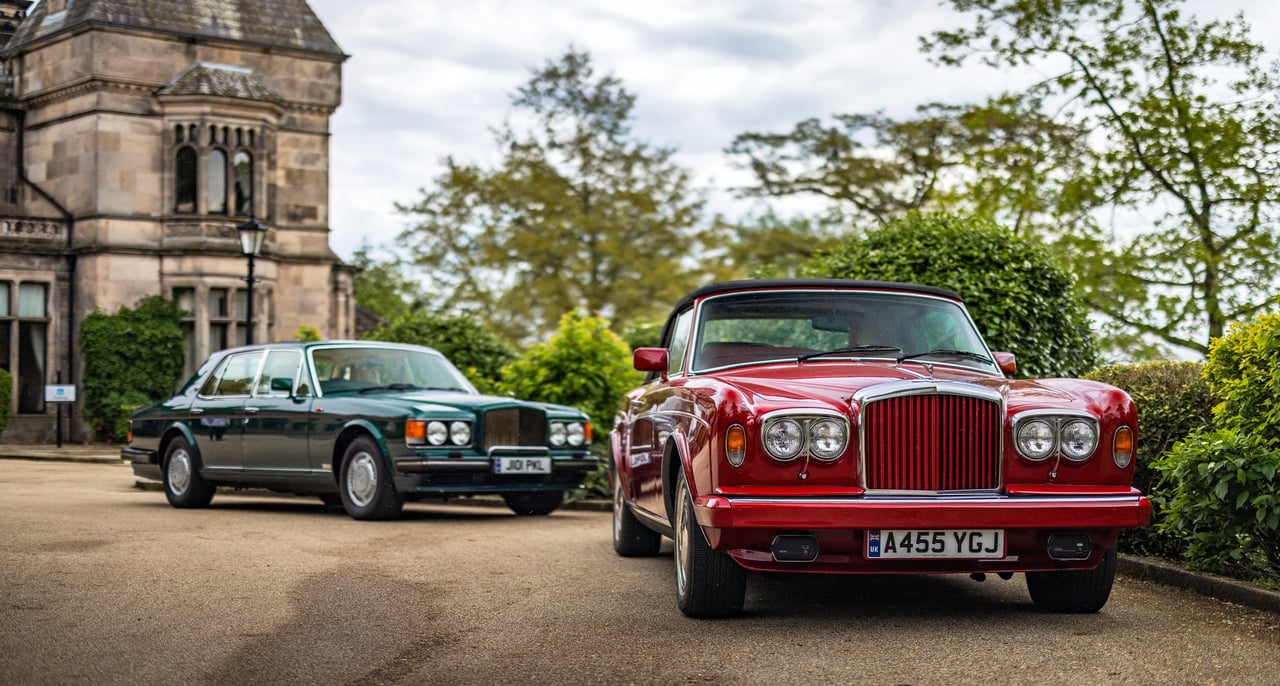

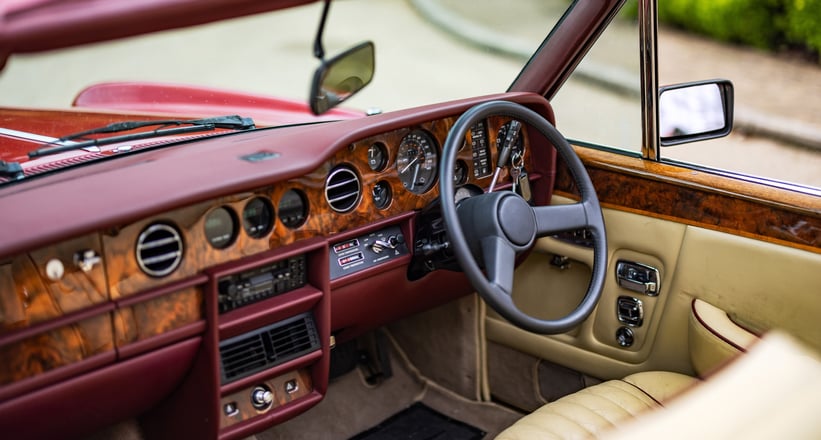
These are two cars that, on paper, couldn’t be further apart, and yet somehow showcase the issues the brand faced in the 1980s, and the desire to evolve and adapt into something bigger, securing their survival through even the toughest times. My journey starts in 1984, with a Tudor Red Continental Convertible, a long-bodied, four seat cruiser that would certainly have looked more at home outside a villa in St Tropez than in the British countryside on a drizzly afternoon.
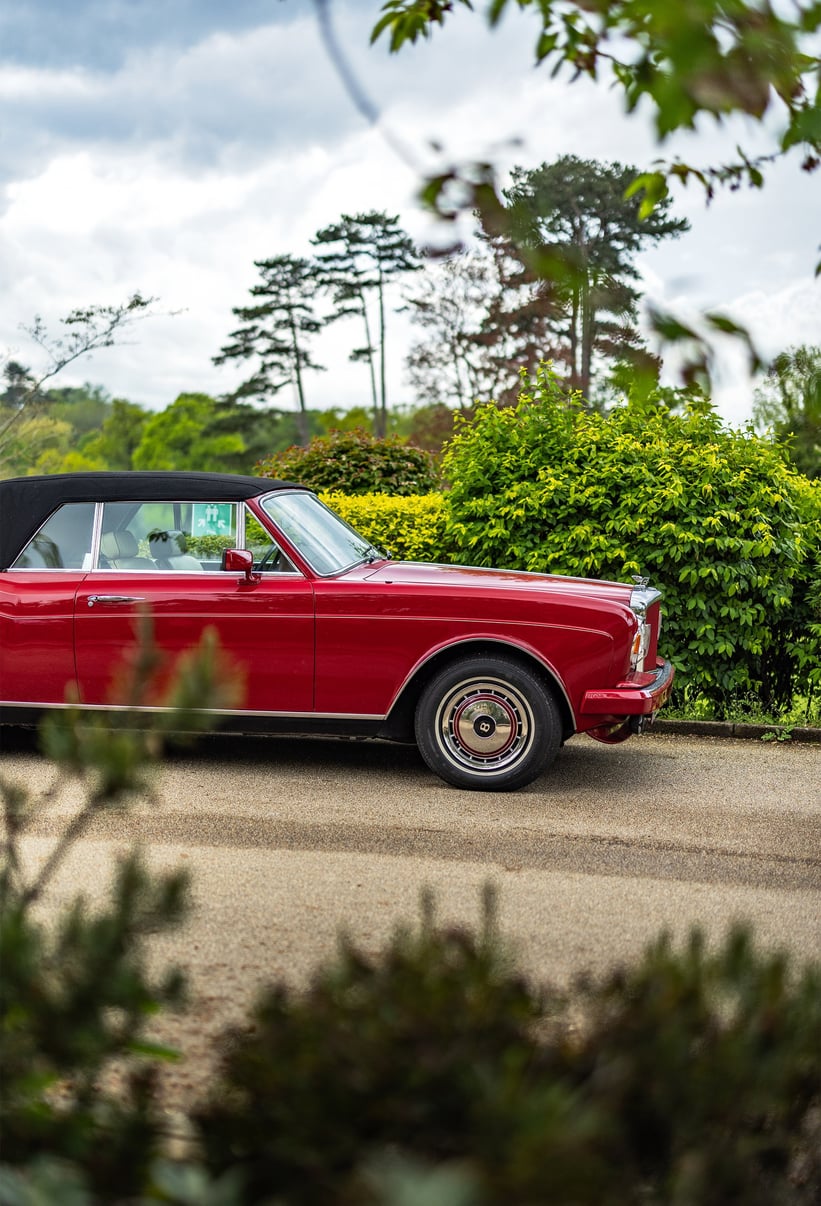

Nevertheless, that elongated canvas top was most definitely being dropped; I needed to fully immerse myself in the experience of buying one of these from new, after all. This style of Continental can be traced back to 1971, when the car carried the same name as its Rolls-Royce sibling, the Corniche. Sales for one brand were impressive from 1971 right the way through to 1991, that brand being Rolls-Royce, while Bentley were left to struggle with their sister car for several years, despite launching years after. Staggeringly, production totalled 1,090 Rolls-Royce Corniche Saloons and 3,239 Rolls-Royce Corniche Convertibles between 1971 and 1987, while just 69 Bentley Corniche Saloons and 77 Bentley Corniche Convertibles were made from 1971 to 1981, before Bentley went ahead with the new Continental naming convention in 1984.
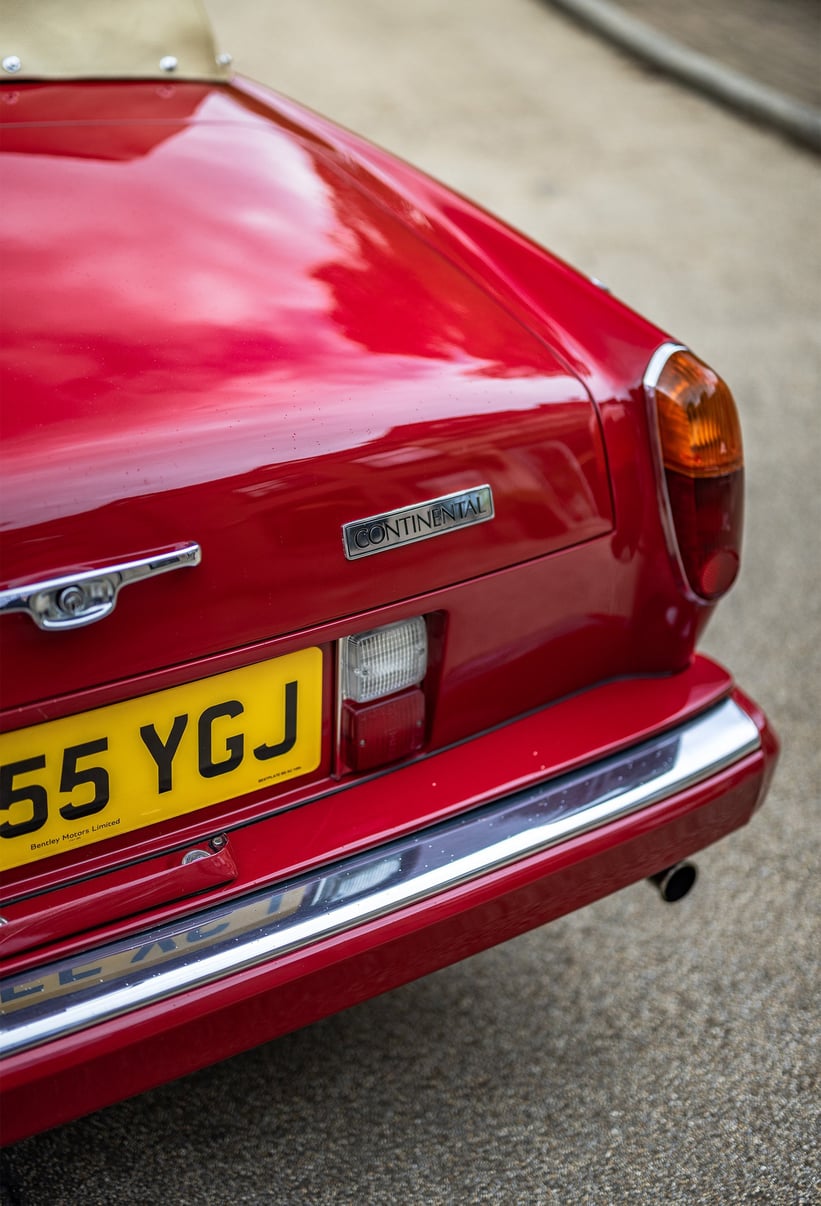
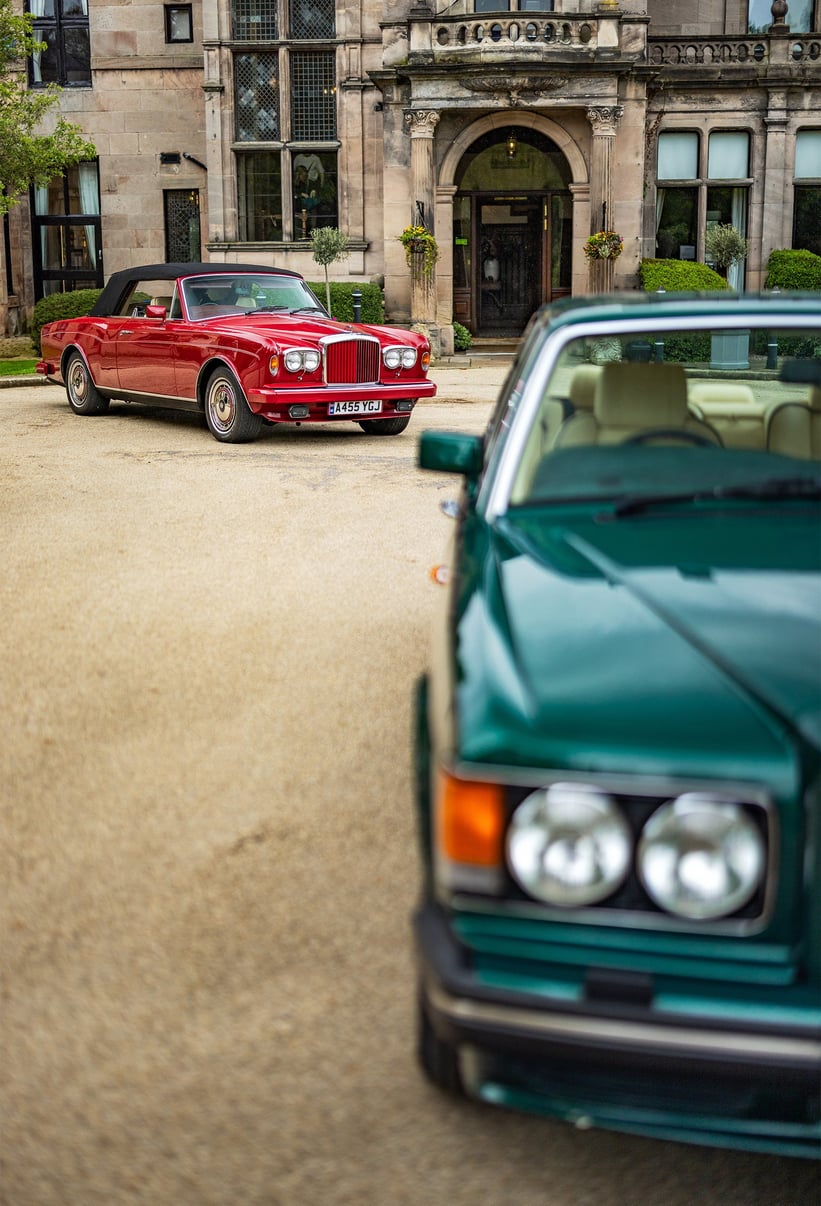
With the wind in my hair, I was really starting to warm to the drop-top Conti. Its iconic 6 ¾ Litre V8 burbled away as it wafted through quaint countryside roads, flaunting all of the characteristics you’d expect from a vintage Bentley, its effortlessly comfortable ride quality in particular. The car quite literally floats along the road, smoothing any creases or bumps into nothing at all, which would make the Conti a dream on a long distance drive. That soft ride does turn into something slightly more concerning than enjoyable when you approach corners, though, as the car heaves its 2,237 kg kerb weight around the bends. It was a car built for cruising boulevards rather than clipping apexes, and although mostly used to chauffer the elite players of the world, Bentley could see that they as a brand needed to break away from their triple-glazed, lamb’s wool cladded comfort zone.
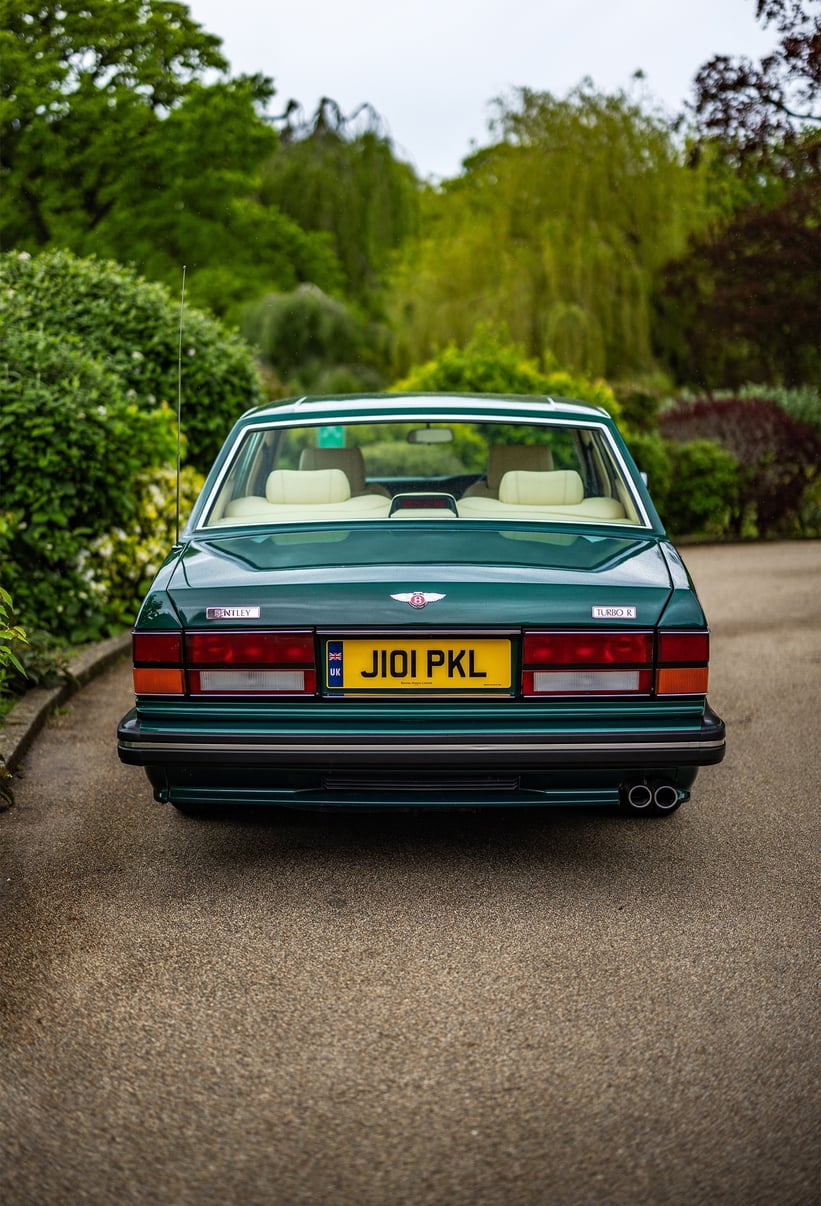
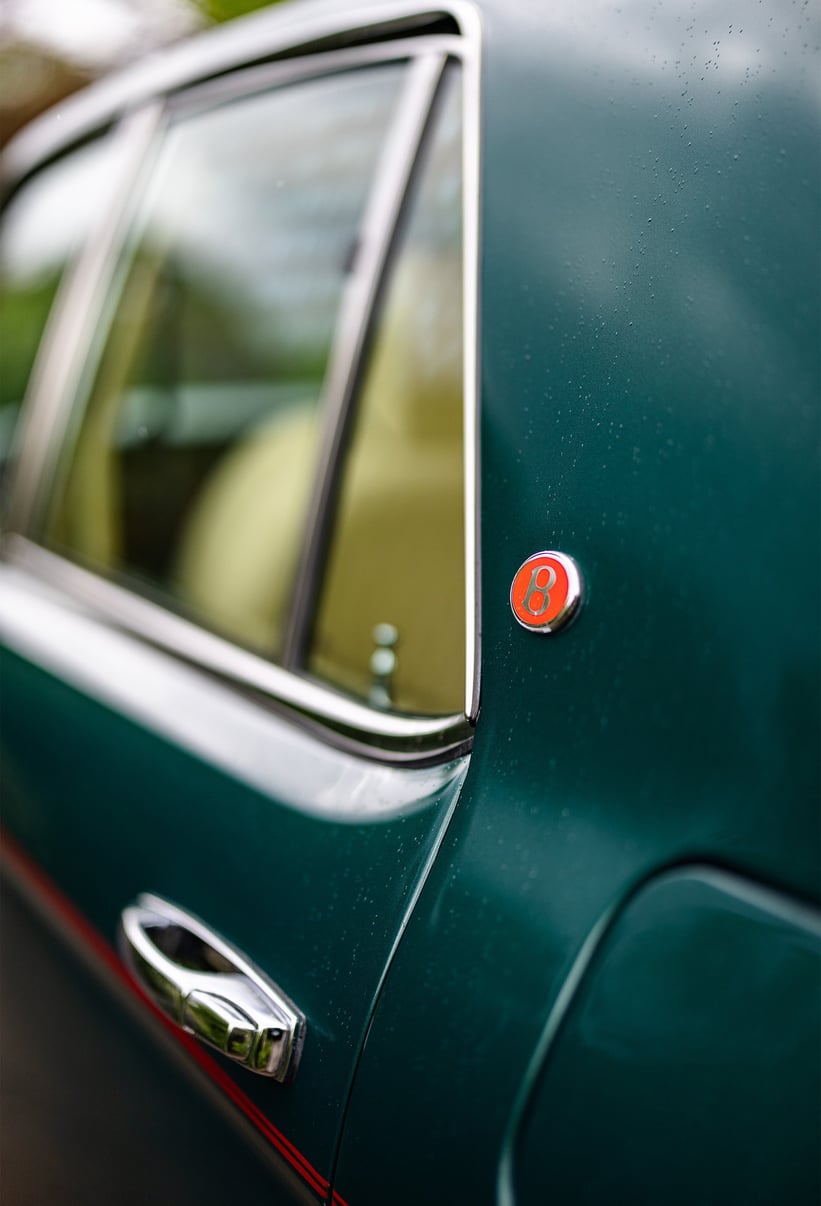
The Turbo R is just that, and in some respects, it’s the antithesis to the Continental, arguably a very difficult direction for Bentley to take. Before the R came the Mulsanne Turbo, first launched in 1982 to worldwide joy. Many hailed the Mulsanne Turbo as ‘the return of the blower’, a fast and capable machine that could be used in all kinds of scenarios. In reality, though, the Mulsanne still didn’t quite excite potential owners as much as they were hoping, and the Turbo R looked to fill that void. Many assumed the ‘R’ stood for race, but it in fact symbolised roadholding, and the car had been completely transformed underneath to improve it in that regard. Engineering director Mike Dunn gathered his team and managed to give this 2,234 kg beast far more stiffness and corning ability, thanks to new anti-roll bars and firmer shock-absorbers.

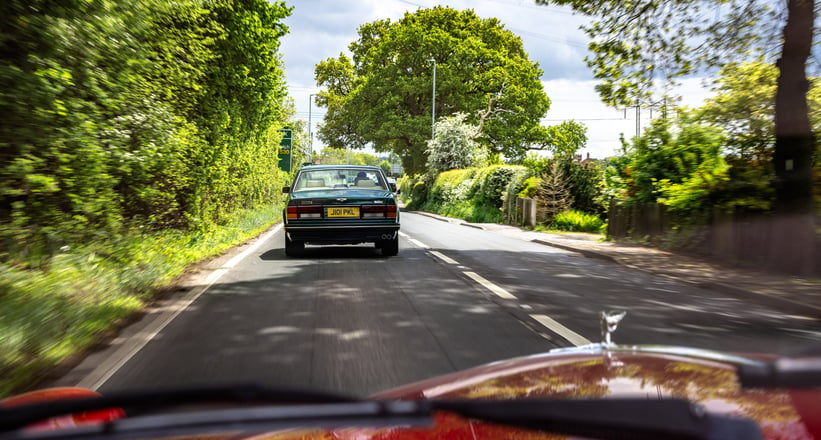
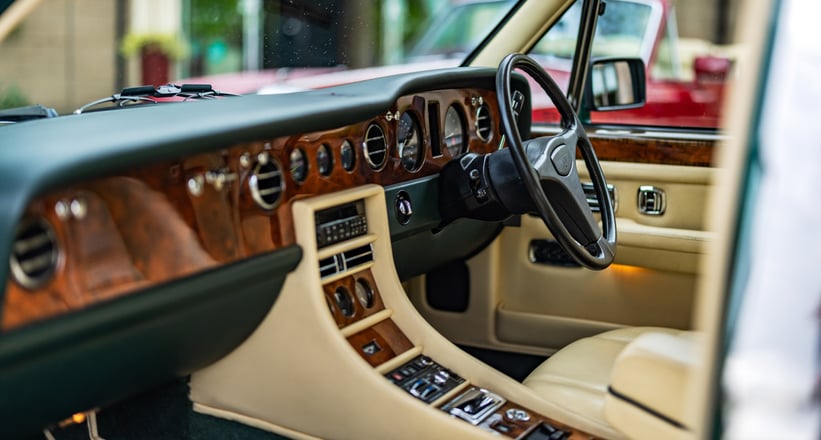
The Brooklands Green over Magnolia hide example I was given the keys to certainly looked the part, sitting much lower to the ground with a wider, more sport-focused look thanks to some subtle red ‘R’ branding. Out on the open road, it’s night and day compared to the Continental. The Turbo R feels poised and willing to be enjoyed, its 298hp V8 leaves you with just enough growl to know it’s there, and the whole experience feels more inviting and, well, enjoyable. Gone is the mild sense of terror with every approaching bend, but that doesn’t mean the Turbo R is any less comfortable. If anything, the palatial magnolia leather shrine inside the Turbo R is closer in comfort to that of the modern Flying Spur than its red convertible ancestor.
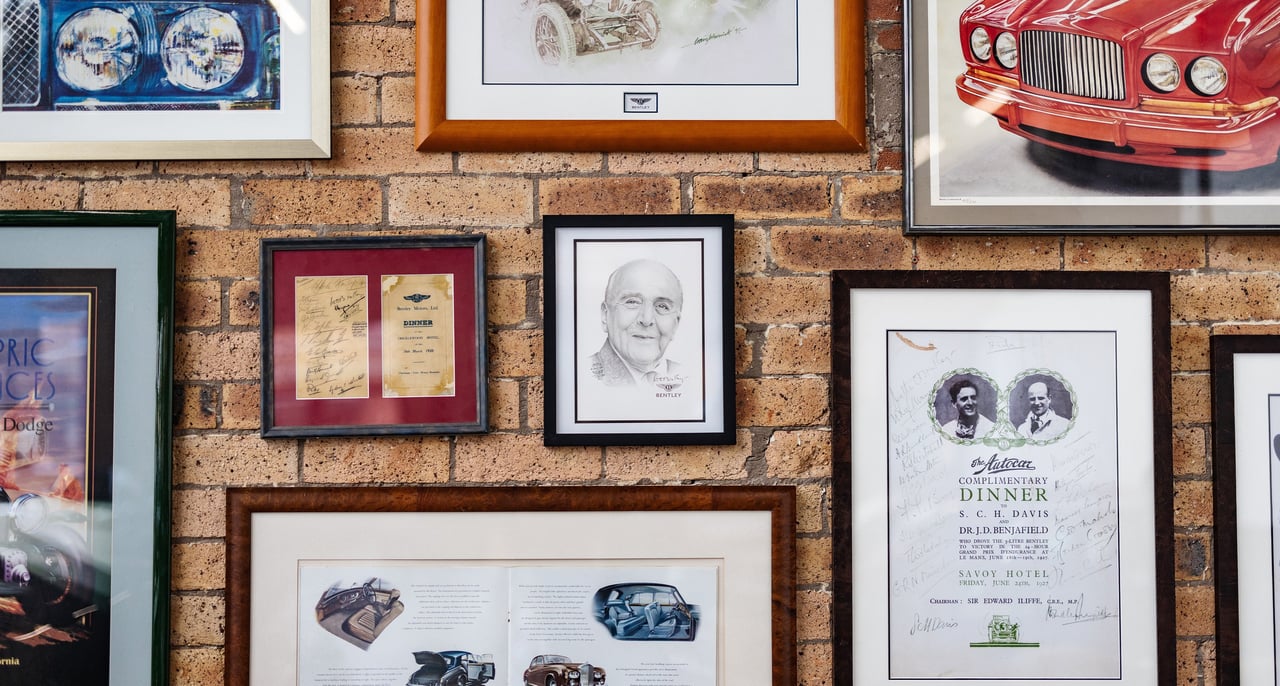
Looking at the success of models like the Continental GT and Bentayga, it’s sometimes easy to forget that the motoring world very nearly lost Bentley altogether at certain points in the past. Their quest for ultimate luxury threatened their very existence, and yet they pushed through and stayed true to their roots. Cars such as the Turbo R renewed the vision that Walter Owen had at very beginning, sparking a new era for sporty yet impeccably refined cars that are enjoyed to the fullest by their lucky owners, and lusted over by the rest of the world.
Photos by Mikey Snelgar
